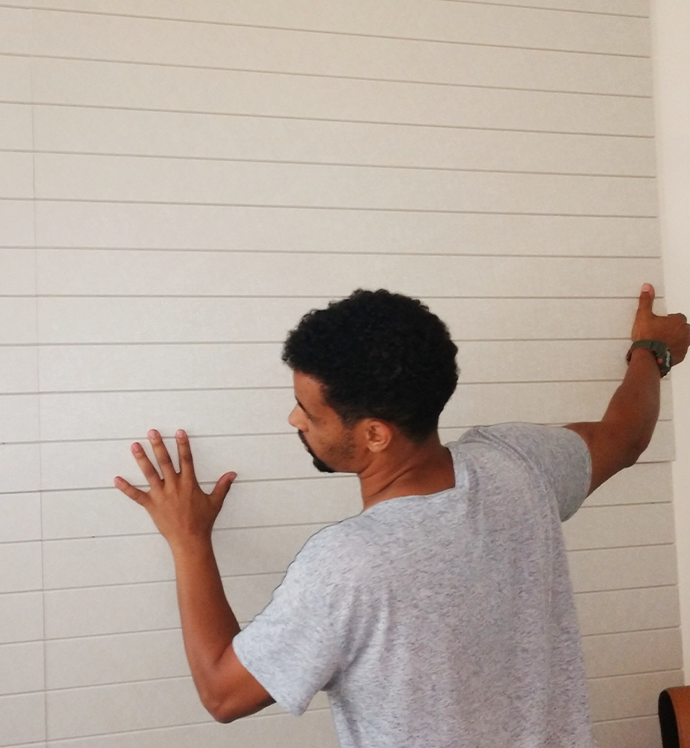Give clients the full effect of acoustic coverage by making the most of how you mount. When it comes to absorbing sound waves, material and thickness aren’t the only things to consider. Make a major difference in noise reduction by switching up the installation of the acoustic panels or products on your project. By adding an air gap or fiberglass backing, you’ll deliver unbeatable sound control with higher NRC values.

NRC or Noise Reduction Coefficient - a measurement to determine the absorption properties of an object - can vary drastically depending on the method of installation. In practice, there are three methods commonly used to install acoustical materials - directly mounted to the wall, adding an air gap, or mounting onto fiberglass. When it comes to achieving the sound quality of your client’s dreams, the method of installation plays a vital role. If you’re looking to improve NRC on your next project, try out the following mounting options to increase the impact of acoustic products.

ADD AN AIR GAP
Adding an air gap between acoustic panels and the surface it’s applied to increases NRC for calmer spaces with less reverberation. Studies have shown this combination of acoustical materials and an added air gap significantly impacts the sound absorption coefficient. You can achieve this highly desired outcome with wood or other battens, standoffs, or by cutting pieces of EchoPanel® (registered trademark of Woven Image®) to use as furring strips. This not only helps increase NRC, but also reduces costs for the project by doing more with less. The air gap method effectively improves the overall sound absorption without demanding more or thicker material to be used to keep costs down.

BACK ACOUSTICS WITH FIBERGLASS
Fiberglass is naturally absorptive due to its dense, thick nature. With an added layer of 1”-2” rigid fiberglass boards installed between acoustic panels and the surface, NRC and overall sound absorption is easily boosted. With a lower price point than most PET felt panels, using fiberglass boards to back your acoustics can be an extremely effective cost saving tactic that doesn’t sacrifice sound quality.

CREATE CALMER SPACES WITH CORRECT TEST RESULTS
The mounting method can significantly impact test results, making it critical that the mounting method used during testing be specified clearly. To ensure we provide our designers with the most accurate information, EchoPanel® 12mm and 24mm Panels have been installed with an air gap and furring strips as well as mounted on fiberglass for testing at accredited acoustical labs.

Test results are only relevant for materials installed with the same mounting method. Listing results for acoustic panels installed on fiberglass would yield different results than a direct mount and mislead clients if not listed properly. With accurate and detailed testing, you will deliver the desired acoustic results your clients can count on to achieve calm, better sounding spaces.

Knowledge is power! We want to make sure we equip our designers with precise, accurately reported test results and installation information. Easily find instructions for mounting EchoPanel® PET felt in a variety of ways including those listed above on the Installation Guide and NRC testing results on each product's Spec Sheet.
Feeling mounting pressure?
Our knowledgeable Kirei Reps are here to help you in any way possible from inspiration to installation. Talk to our reps about how mounting methods can make a difference on your next project.
